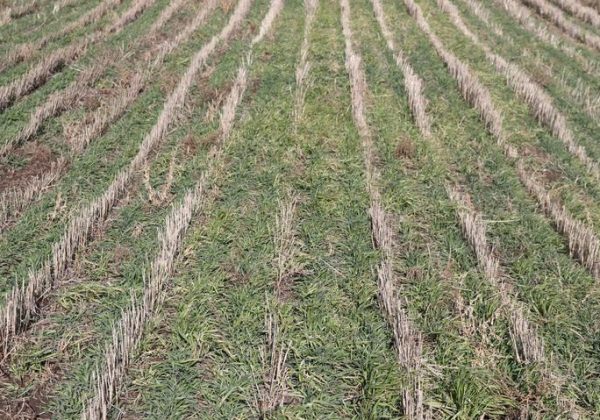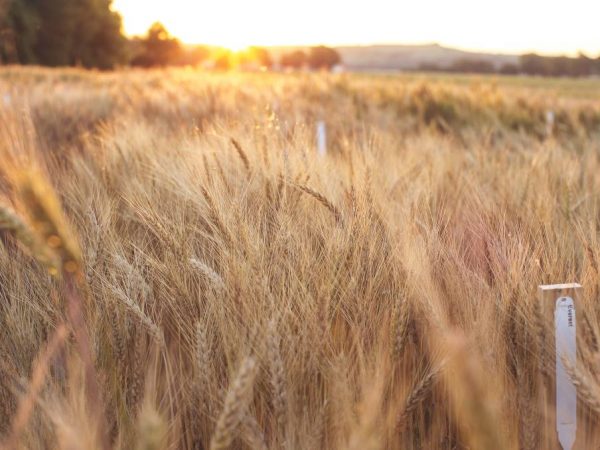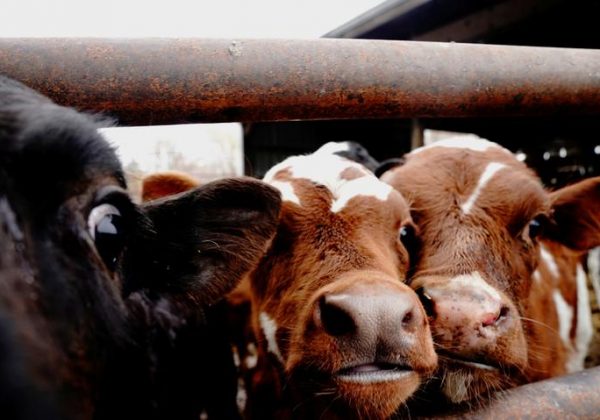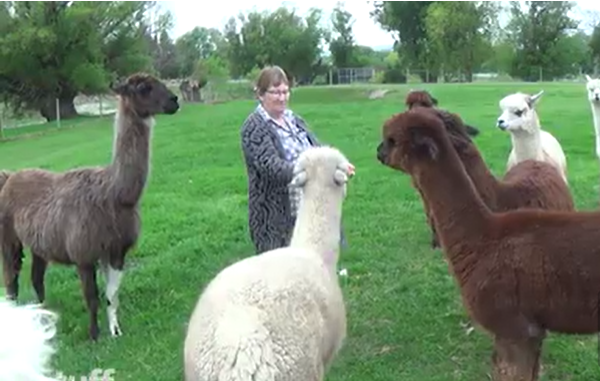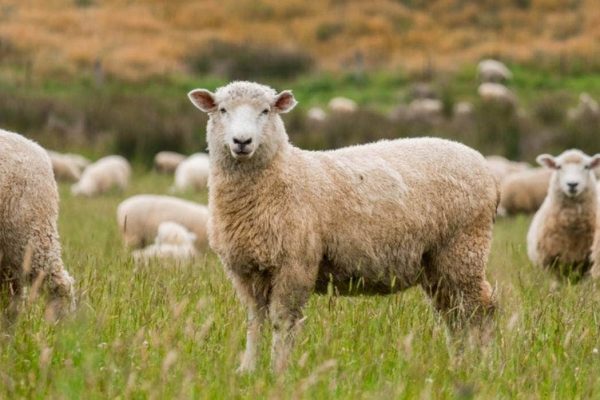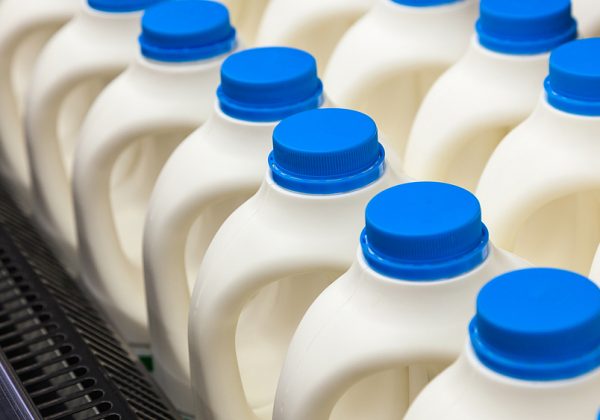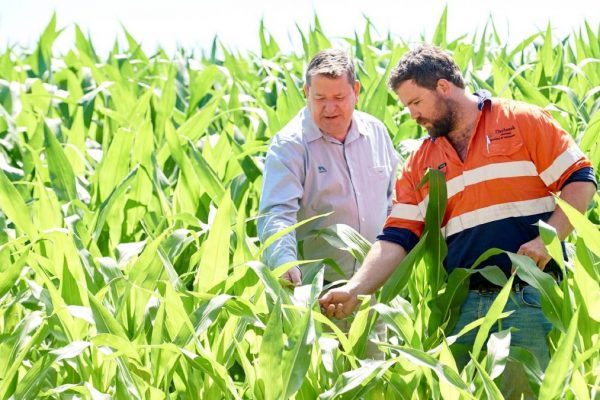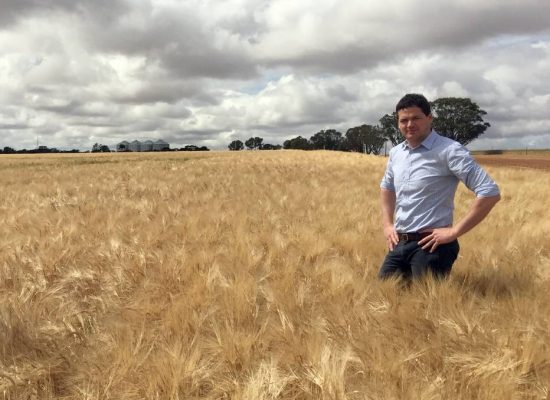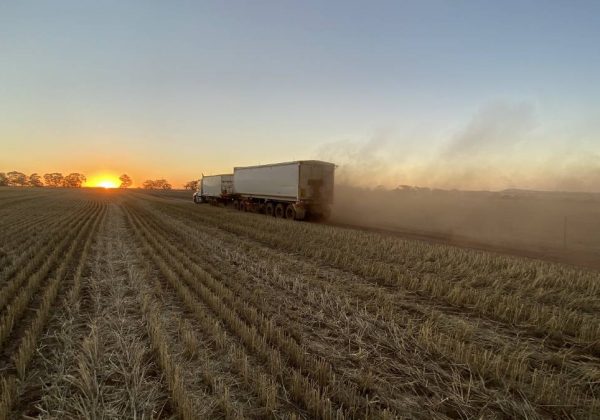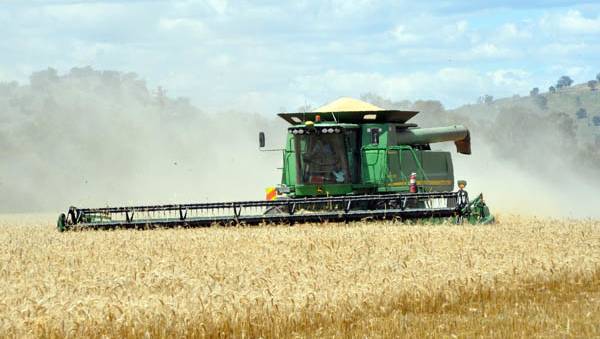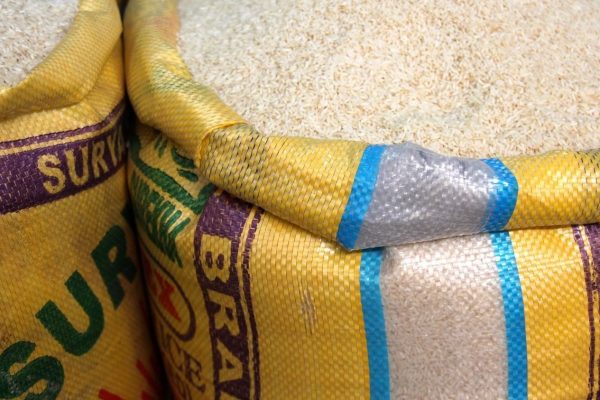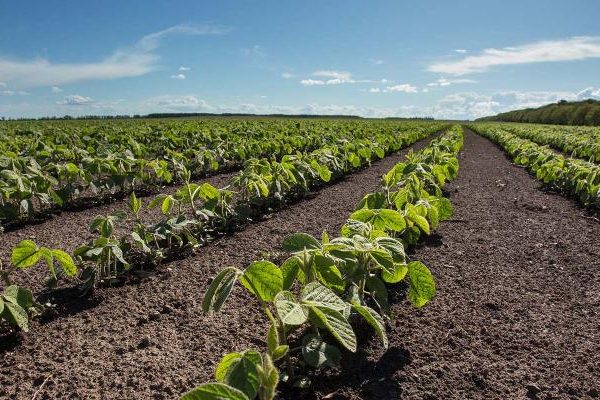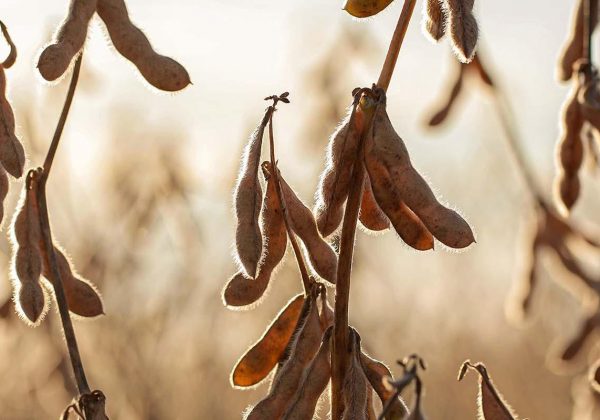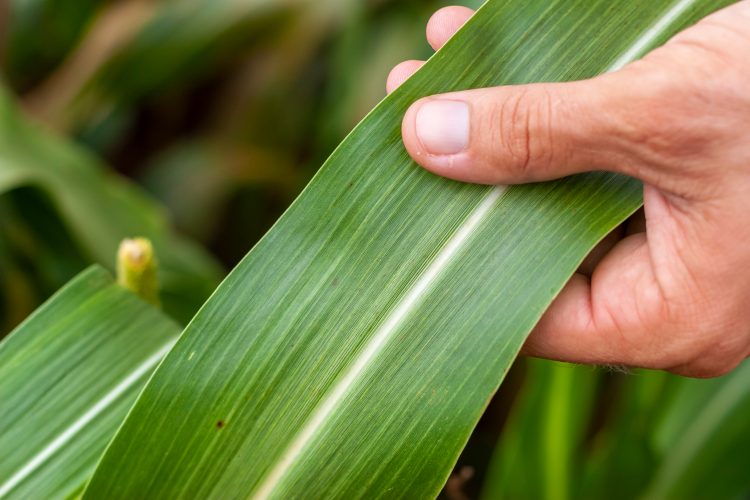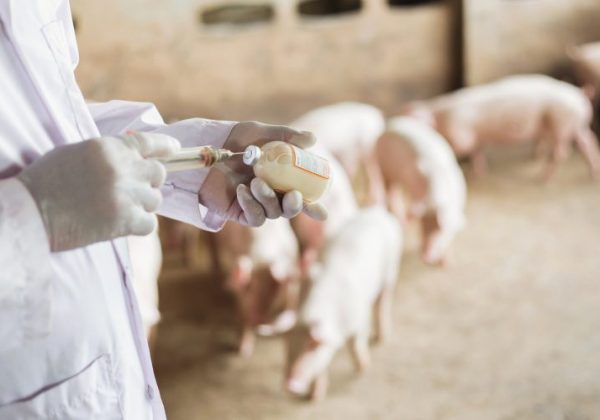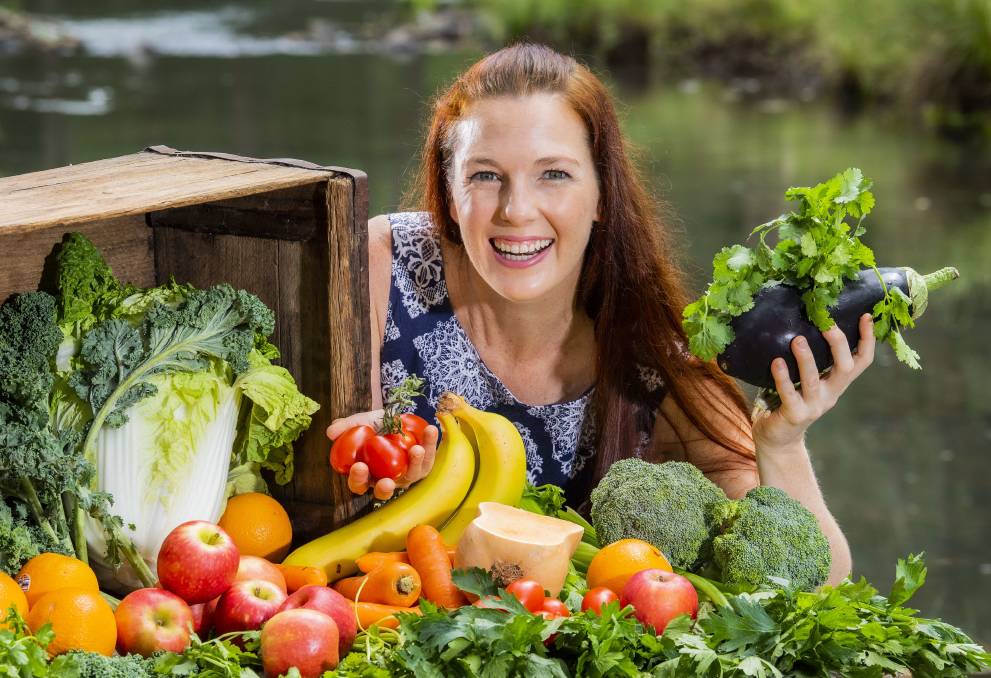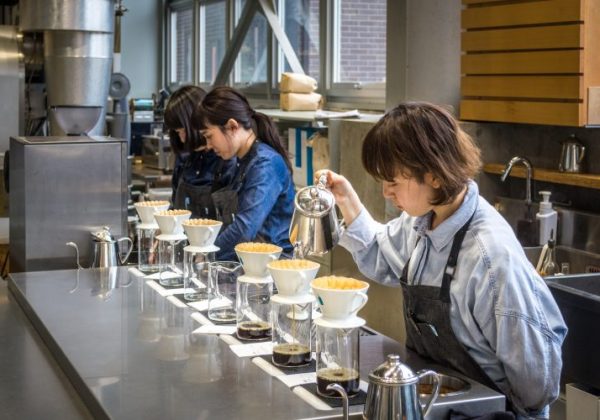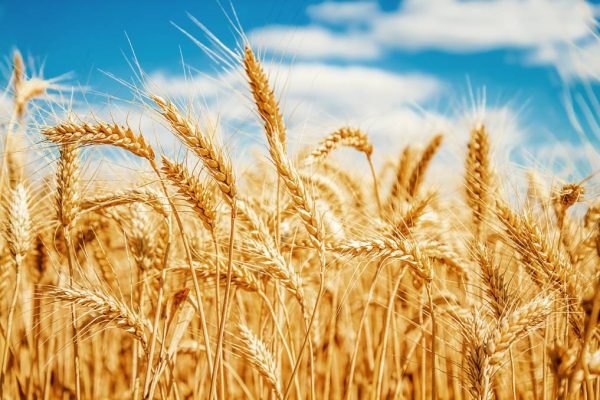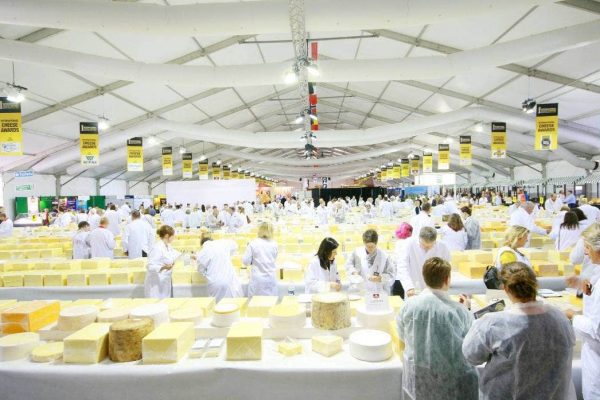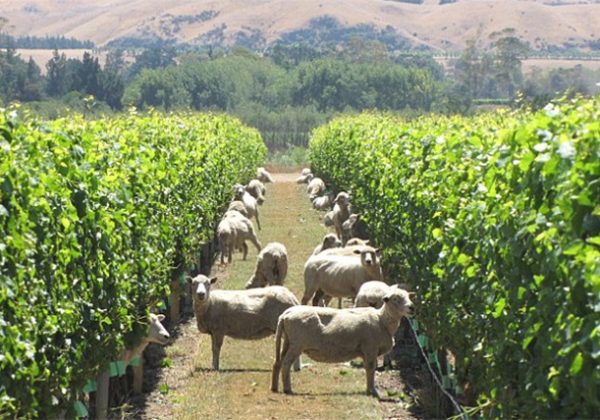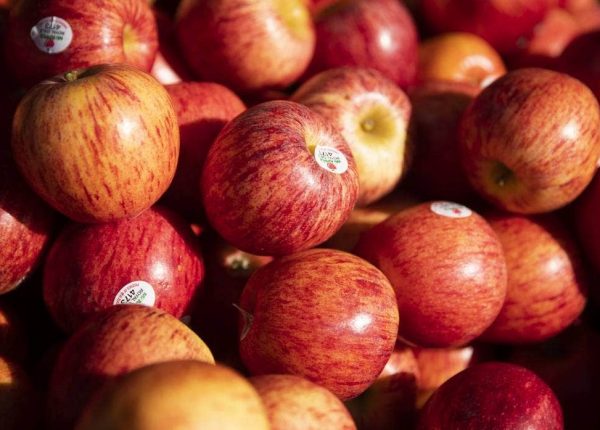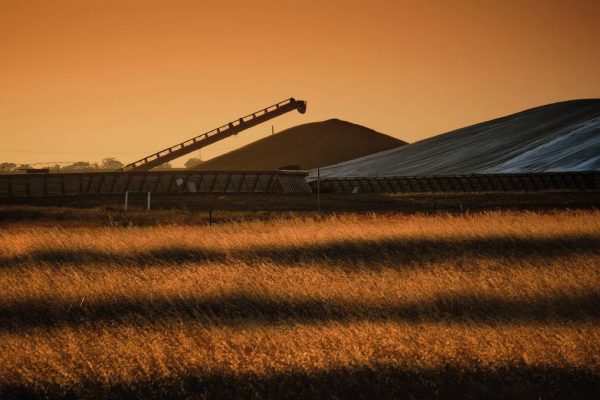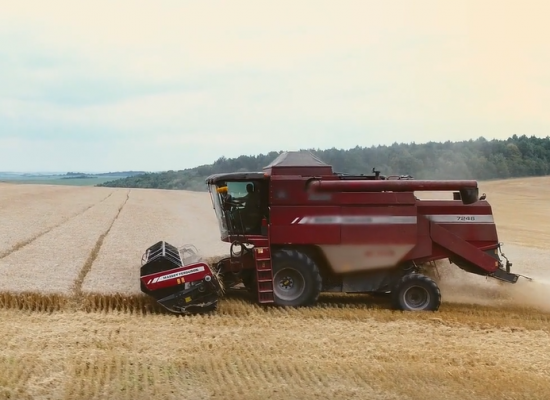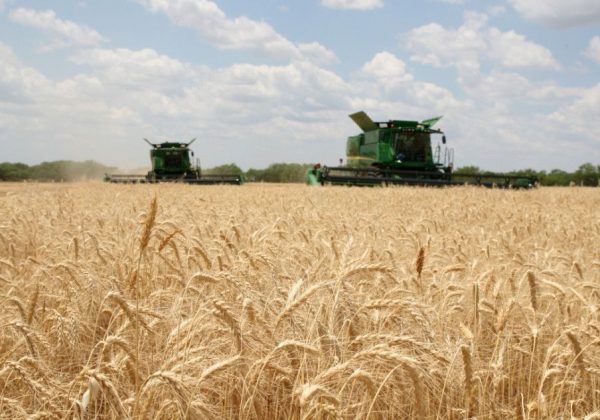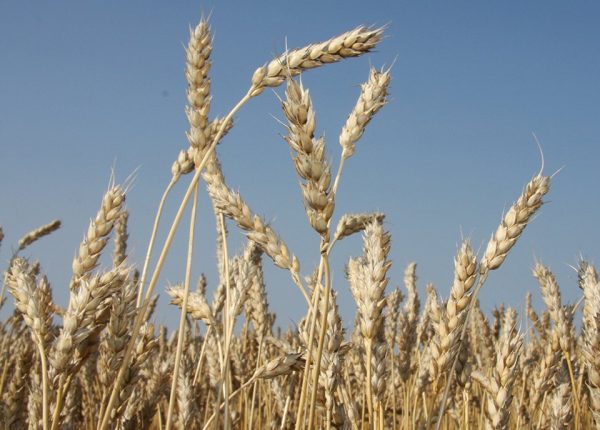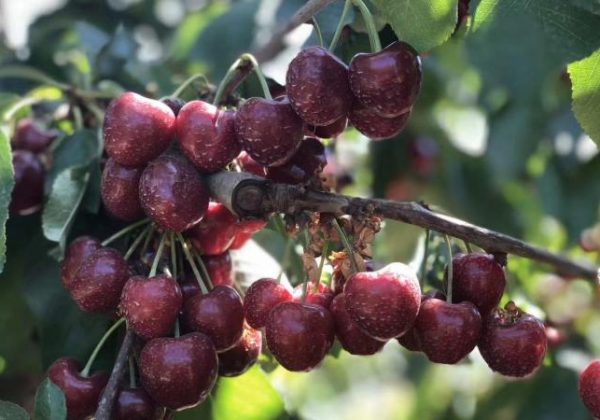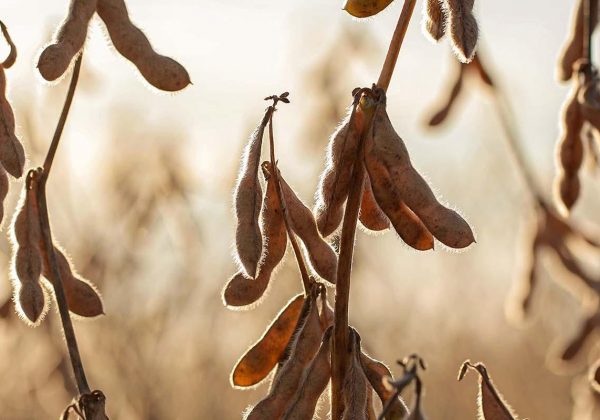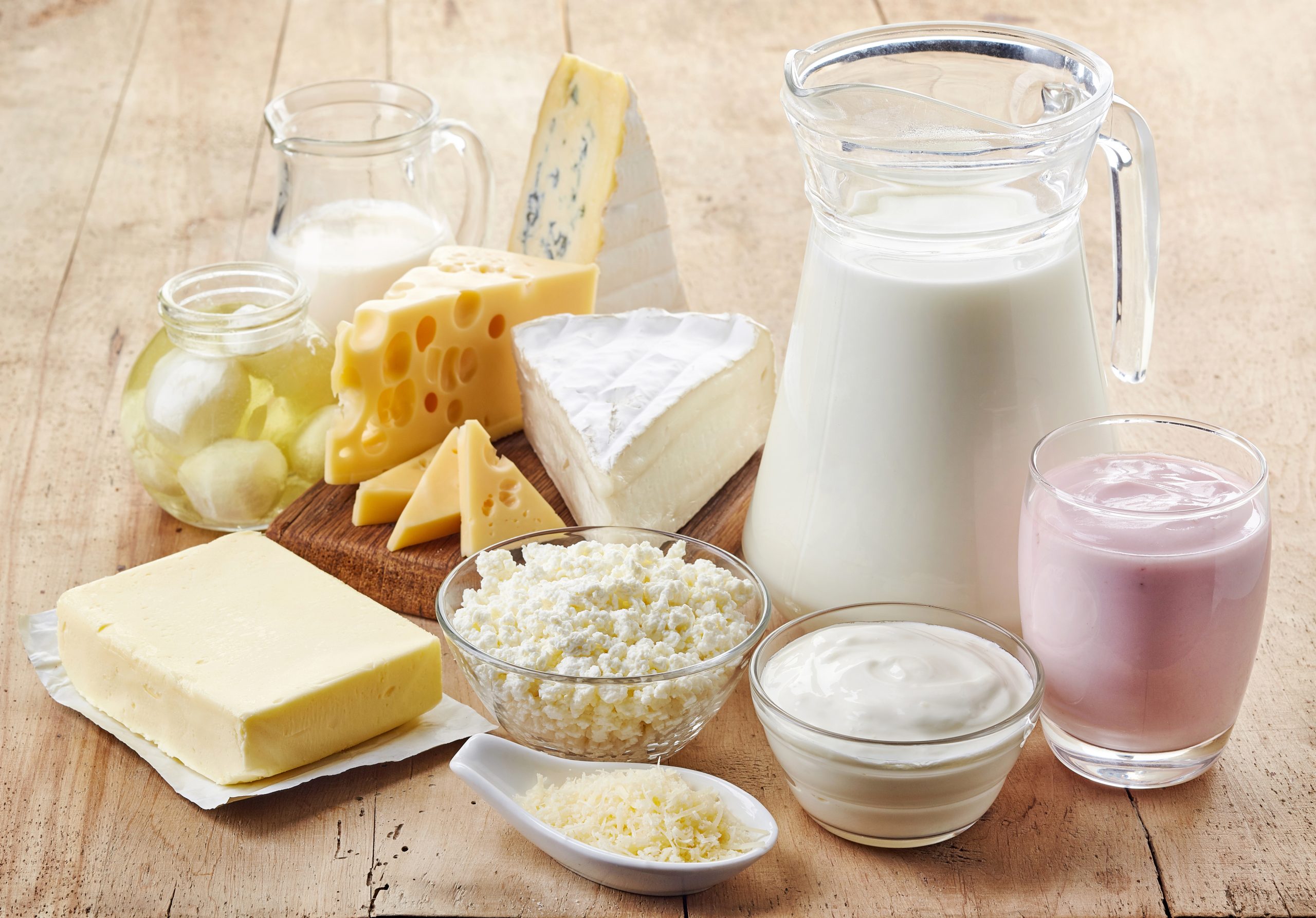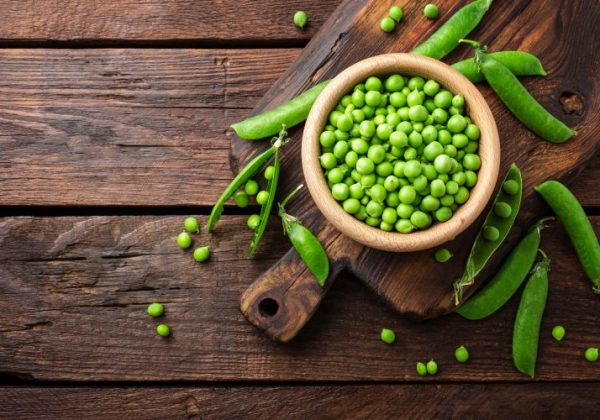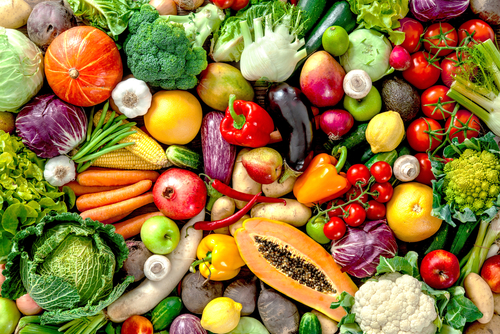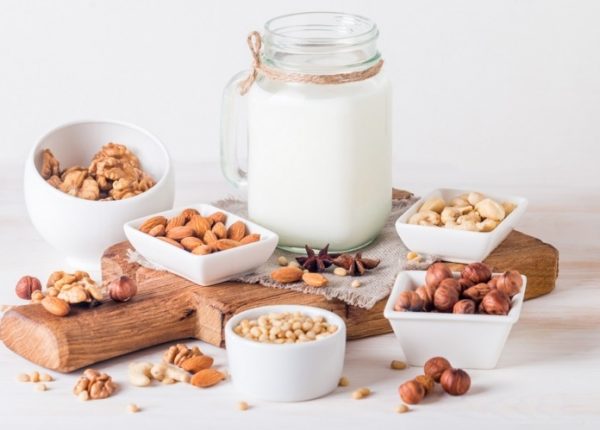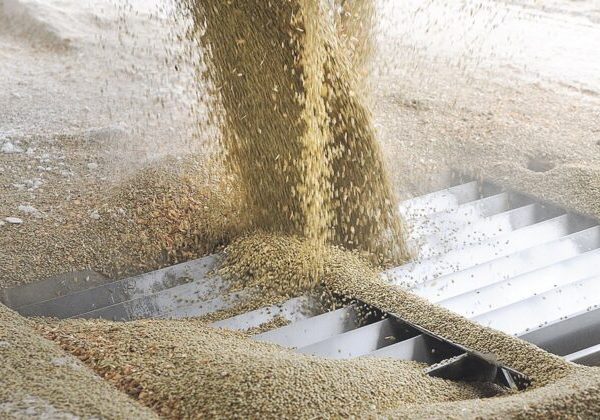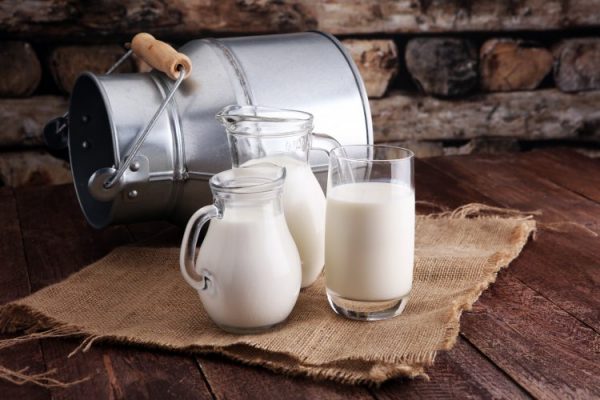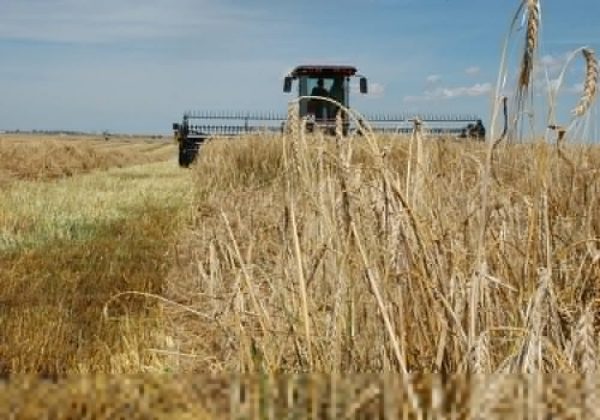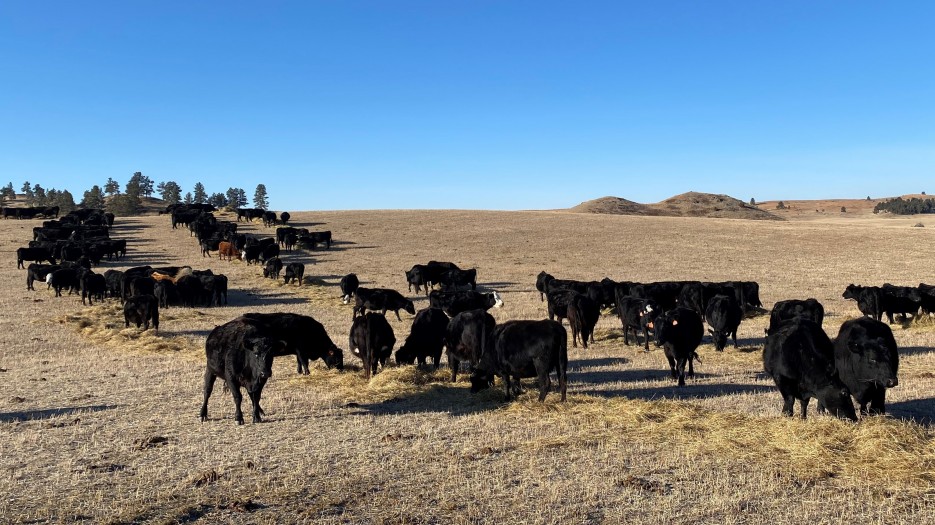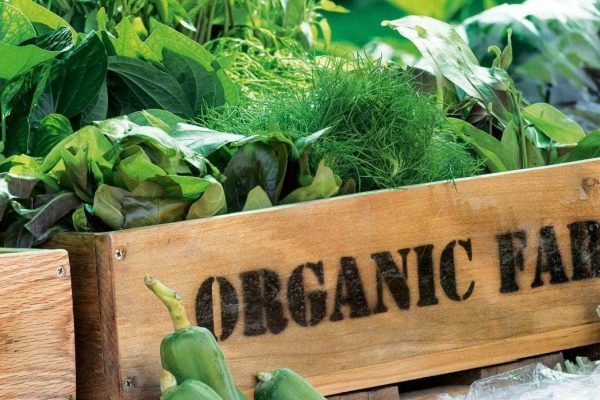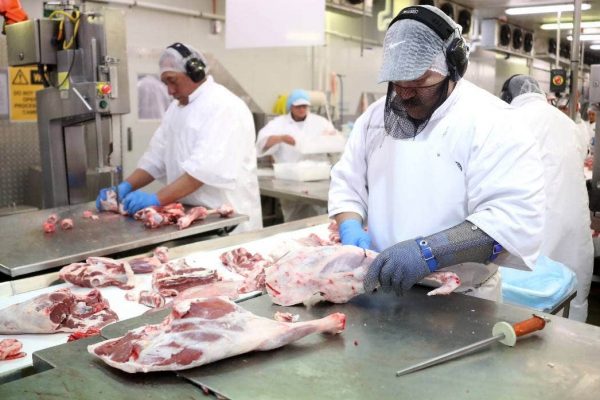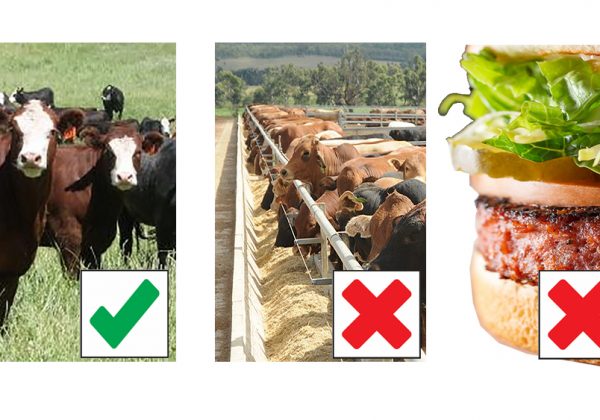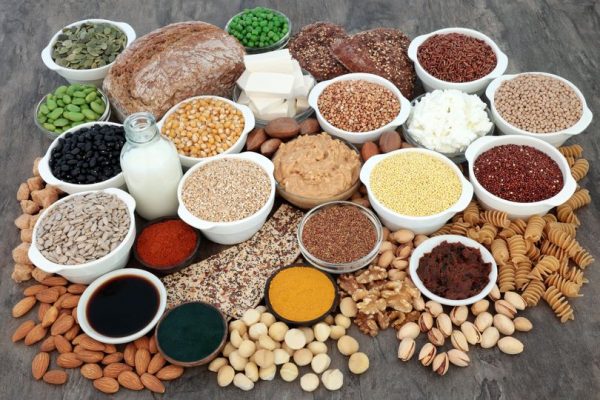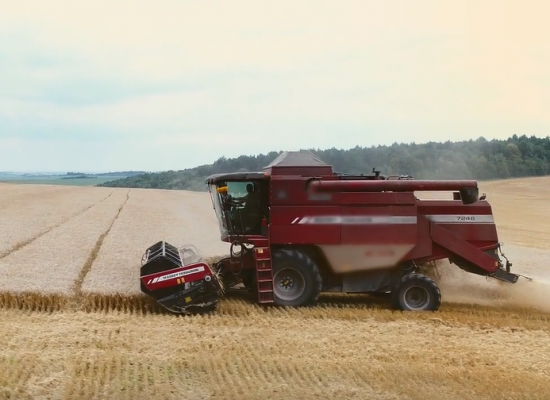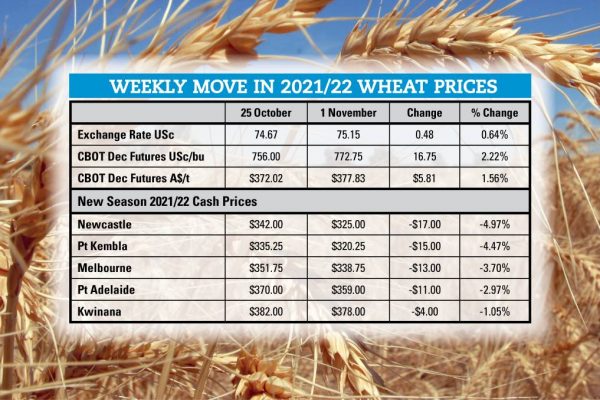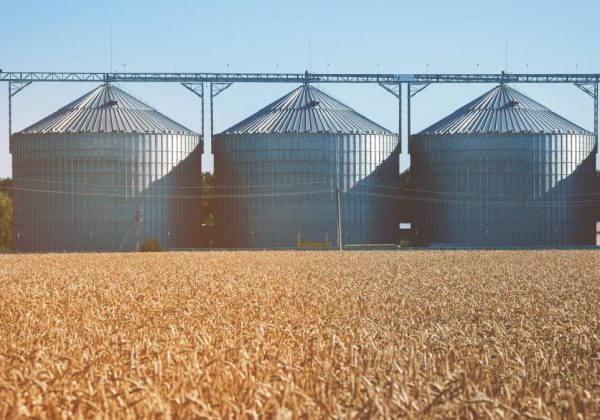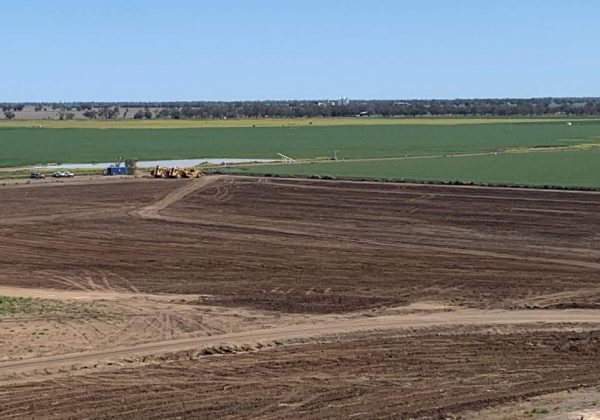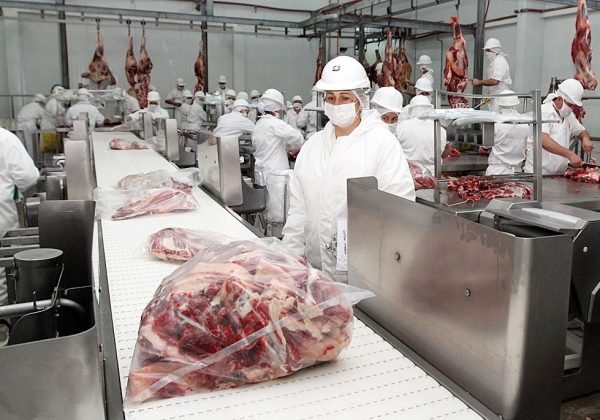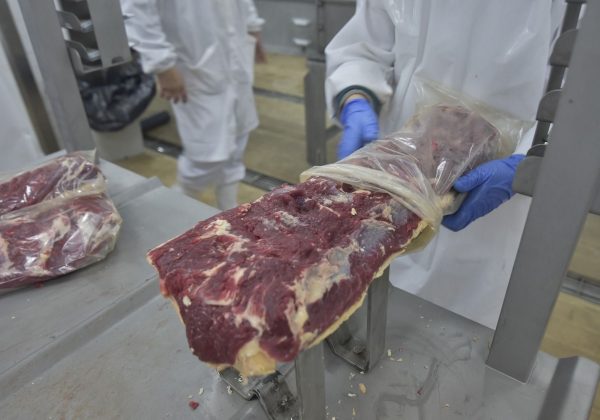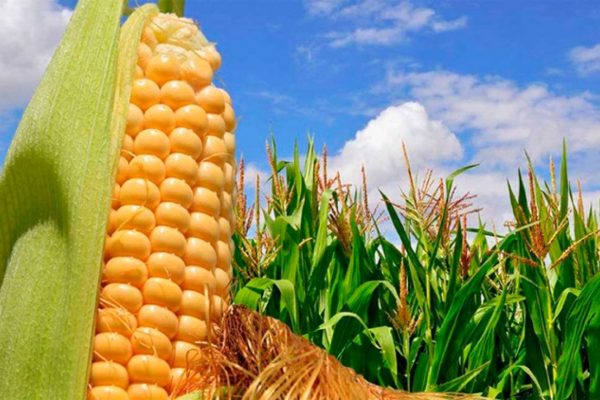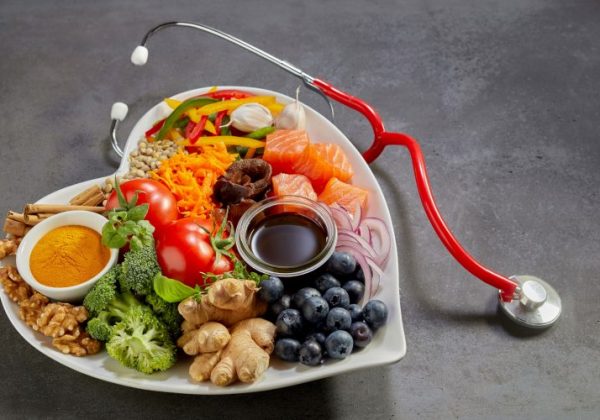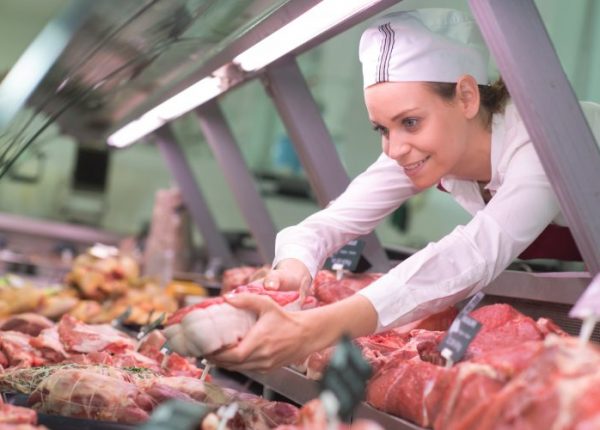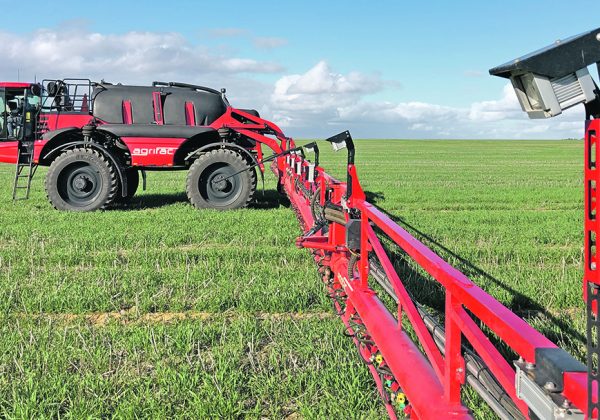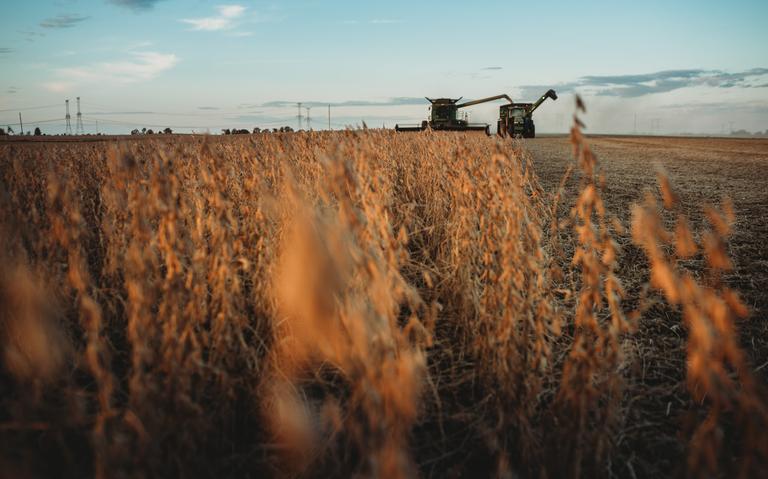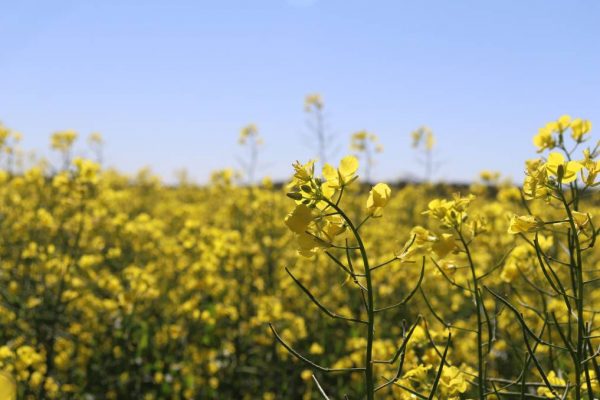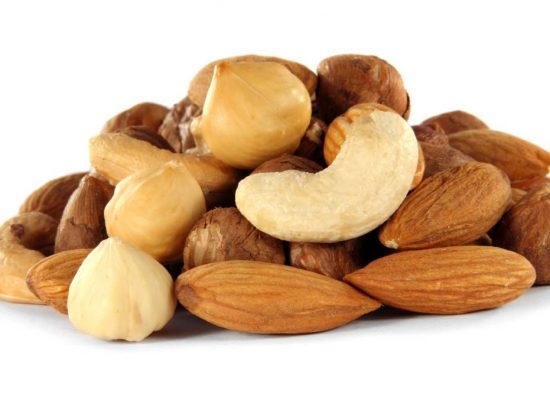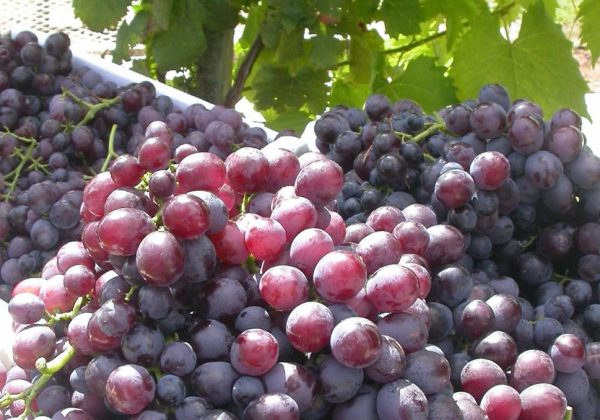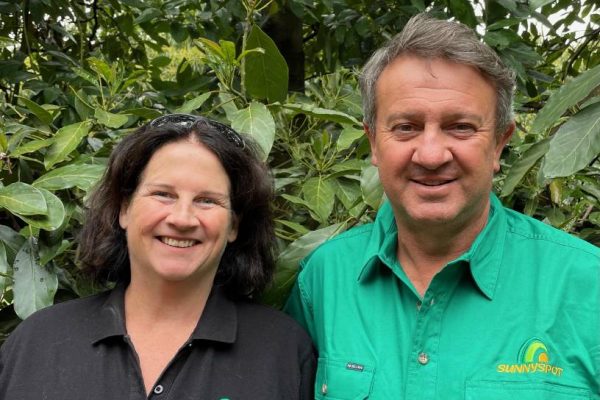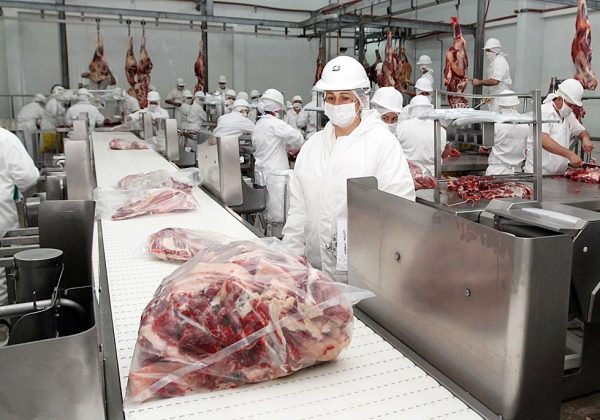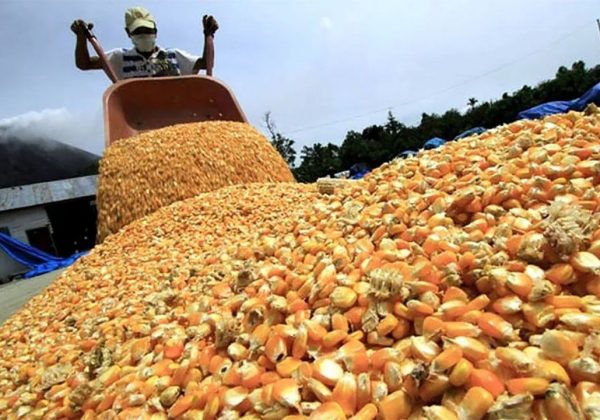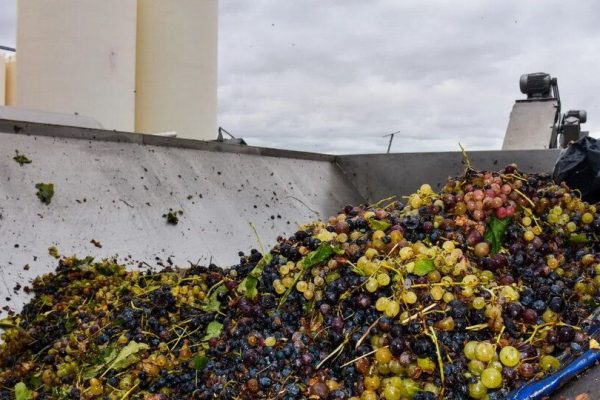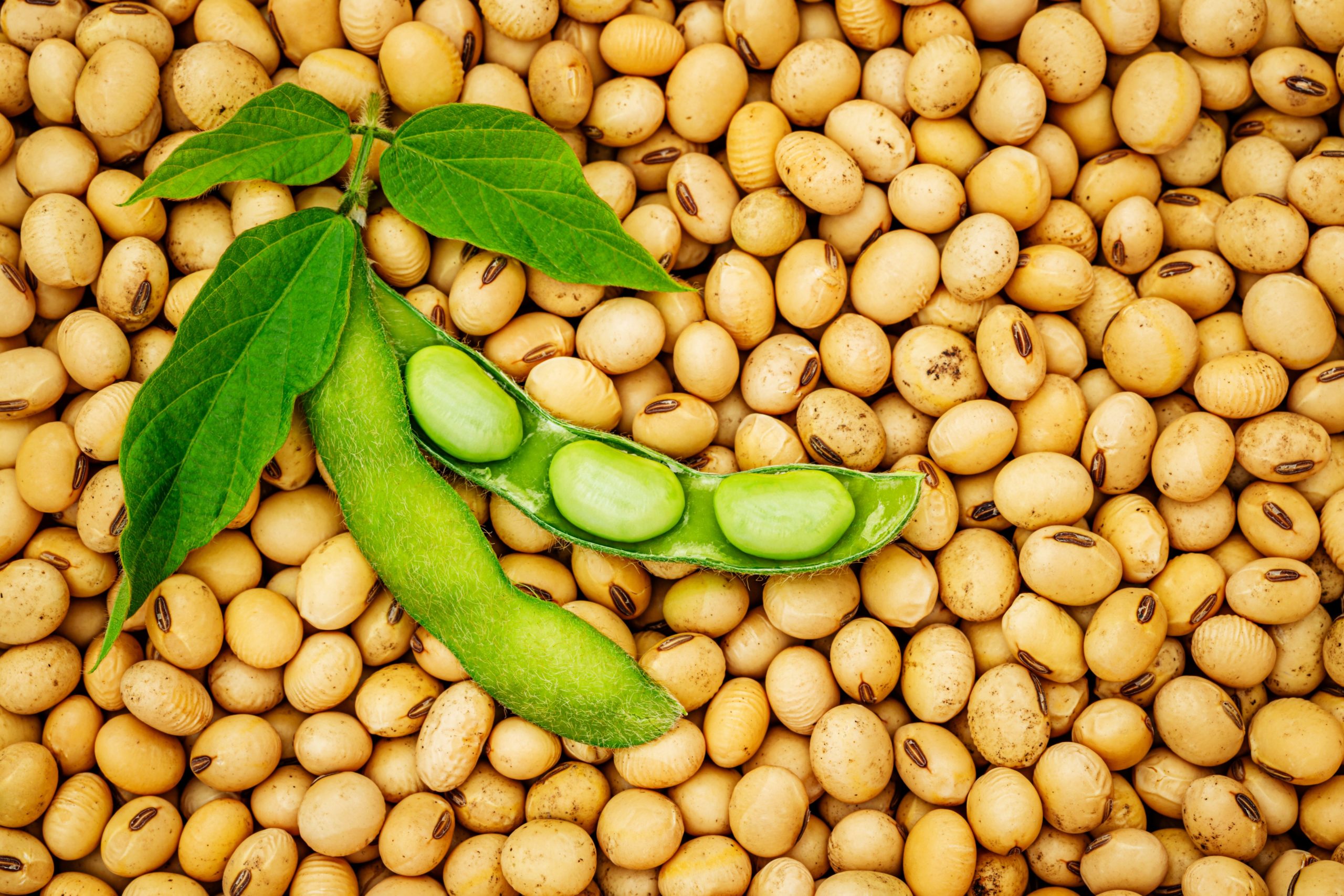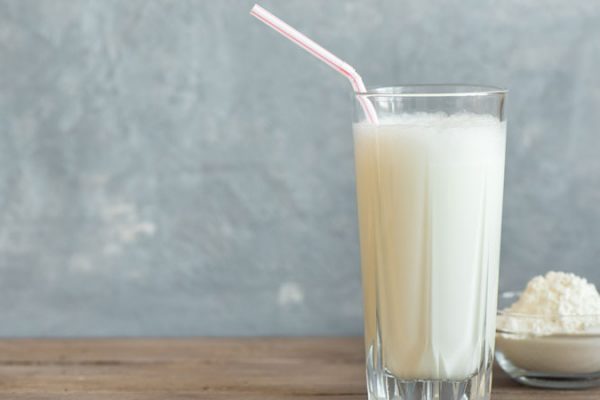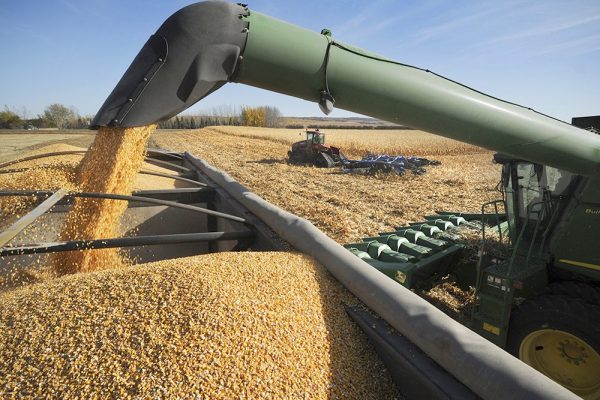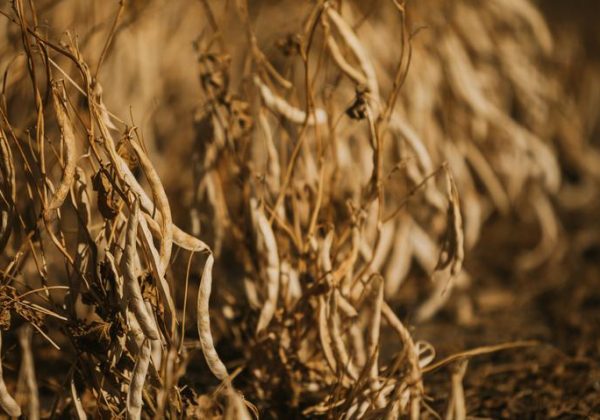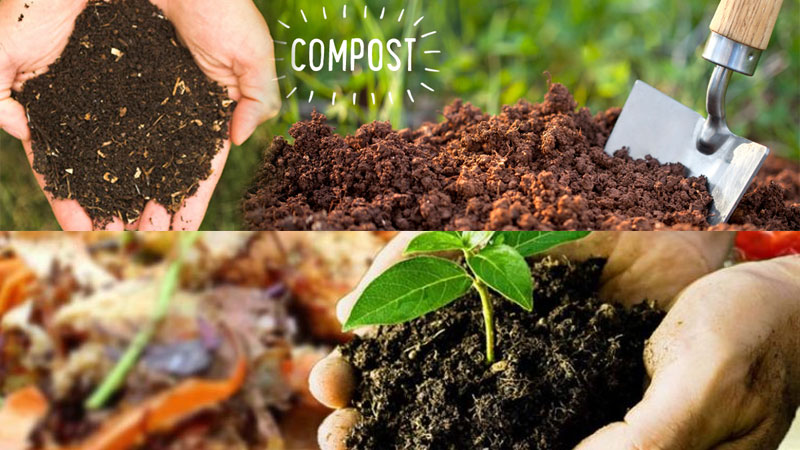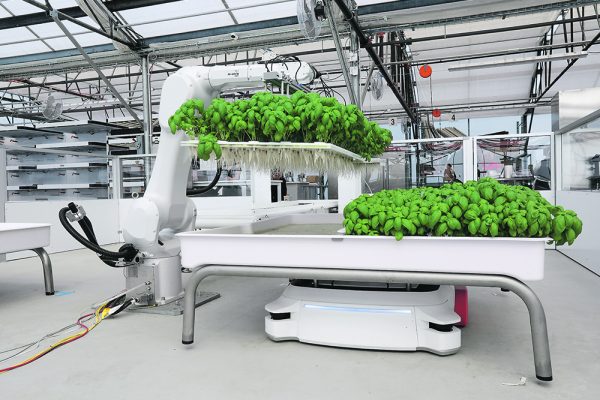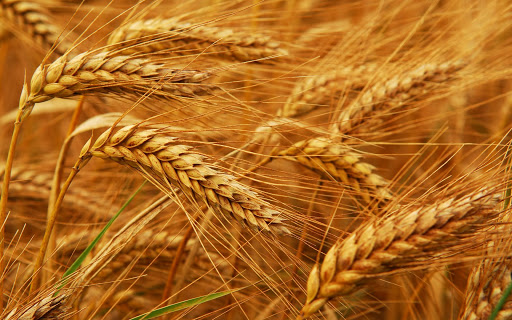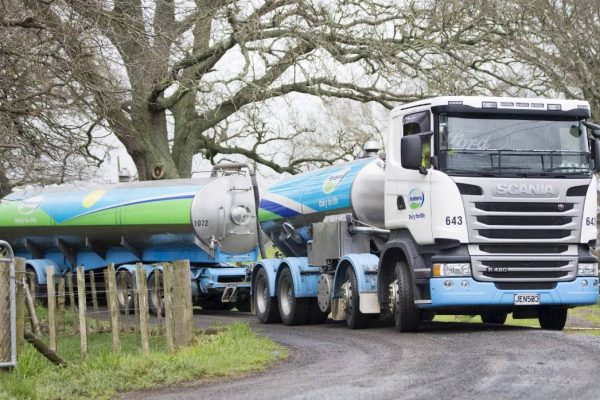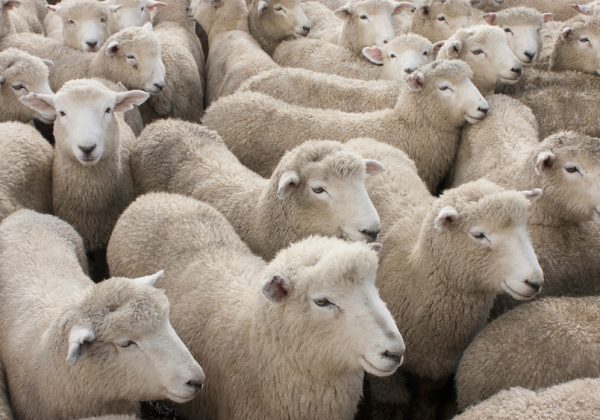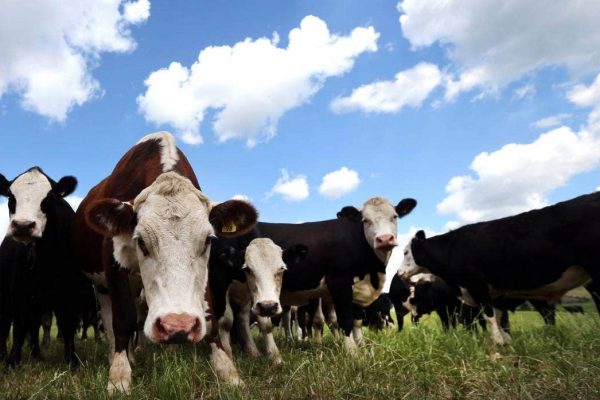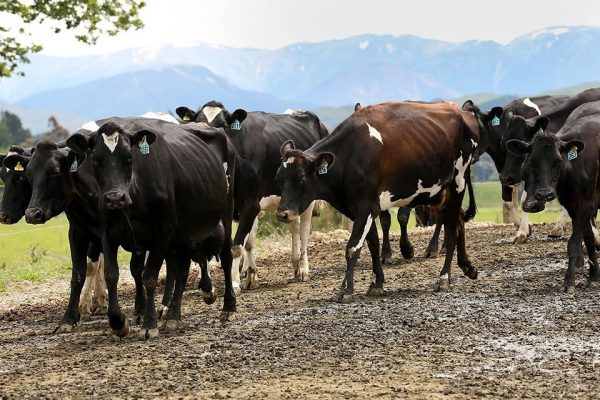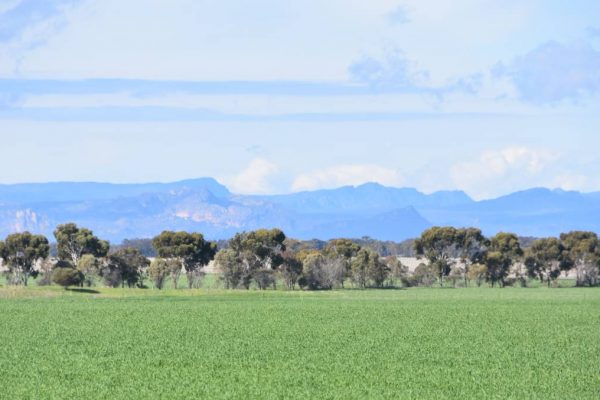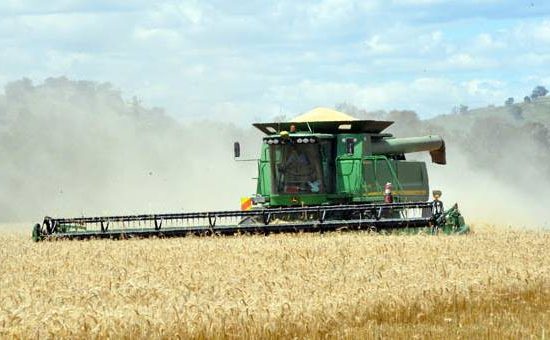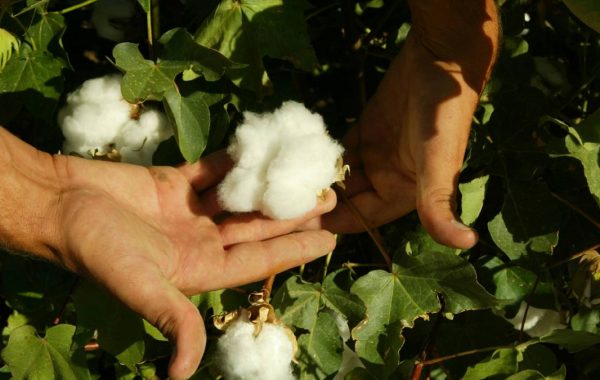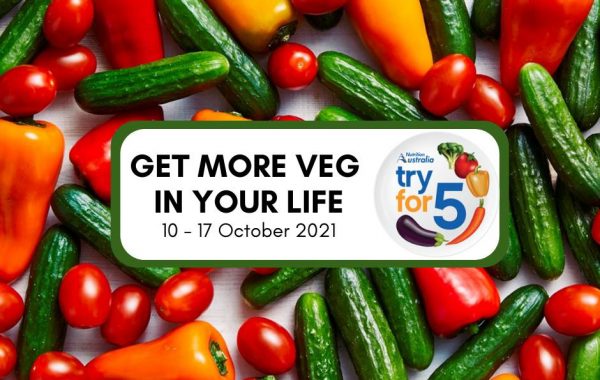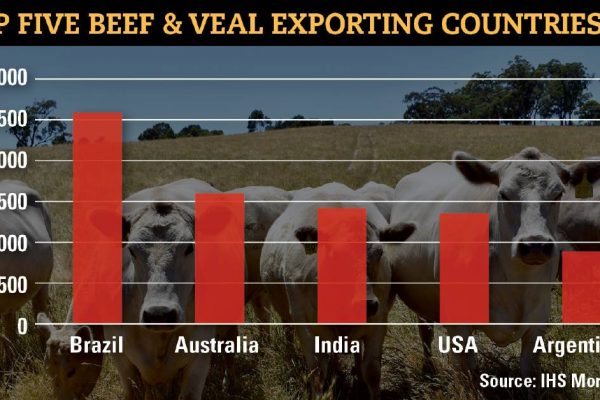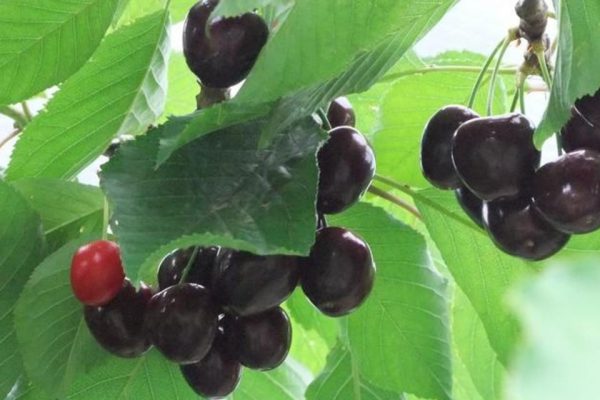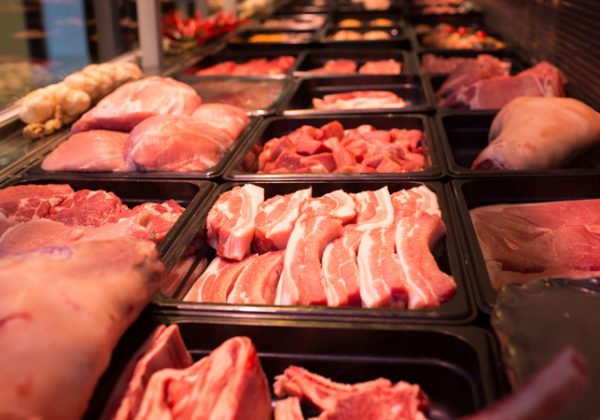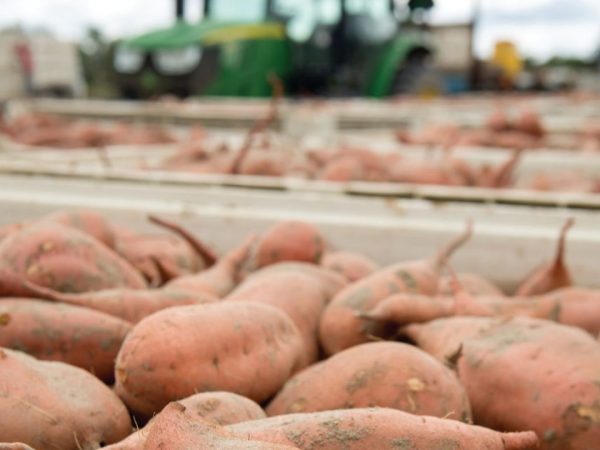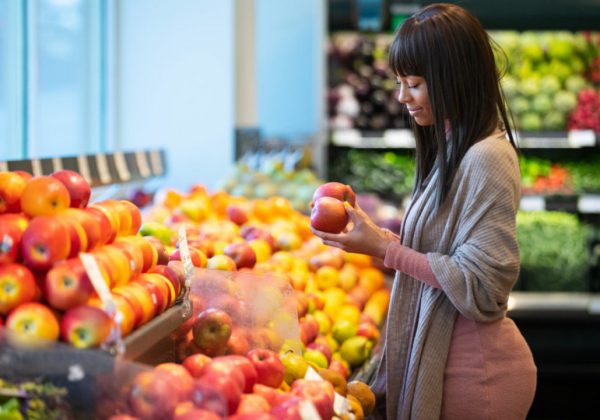USA and Canada
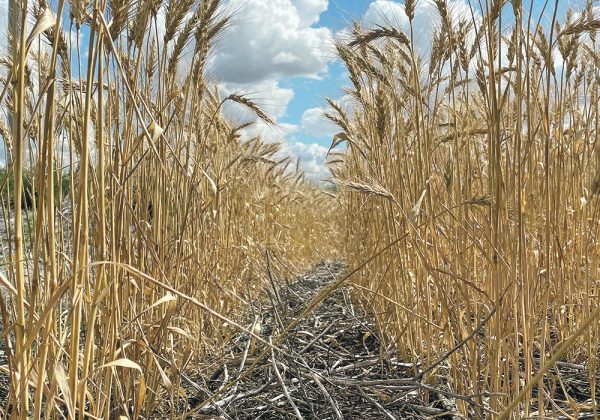
Last season’s drought could cause unpredictable soil N
A good portion of the plant nutrients applied last spring still sits in prairie soils.
Some agronomists have even found granular pellets of fertilizer still intact when taking soil tests this fall.
In most areas, there was enough moisture to dissolve fertilizer applied in the spring. However, drought conditions prevented crops from using these inputs across wide swaths of the Prairies last summer.
With fertilizer prices shooting for the moon, many producers will be eager to include high levels of residual nutrients when penciling in their fertility program.
This is especially the case with nitrogen that’s approximately double the price now compared to a year ago.
Read More…
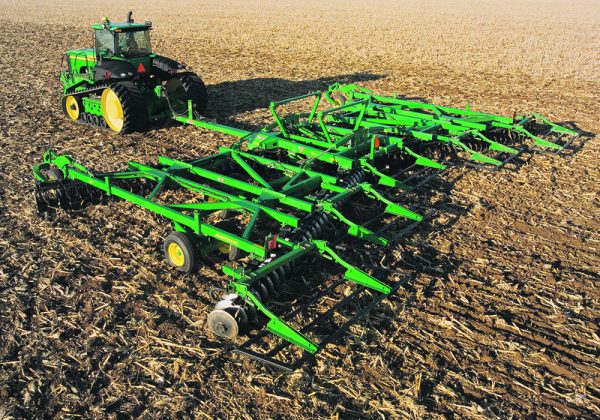
Integrated approach helps manage herbicide resistance
New research from Pennsylvania State University has shown that no-till production can reduce herbicide use and maintain crop yields by implementing integrated weed-management methods.
Traditionally, no-till farmers rely more heavily on herbicides to control weed growth. To test whether herbicide applications could be reduced in no-till production, lessen environmental impact and control selection pressure by weeds for herbicide resistance, researchers at Penn State’s Russell E. Larson Agricultural Research Center in Rock Springs conducted a nine-year experiment using herbicide-reduction practices in a dairy crop rotation.
With more than 65 percent of agronomic crops under no-till production in Pennsylvania, weeds are spreading and becoming more difficult to control, reducing crop yields.
Read More…
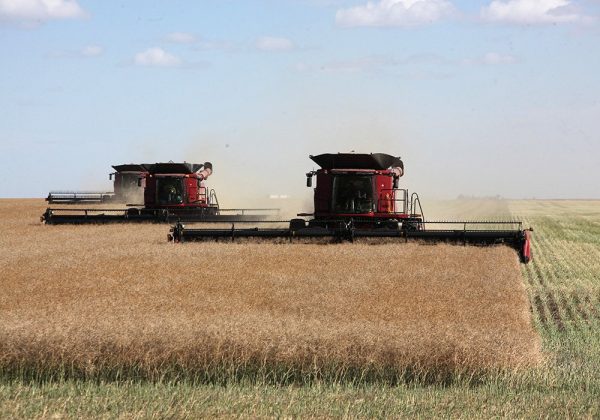
Prairies canola crop pegged at 12.6 million tonnes
A Manitoba oilseed expert has pegged prairie canola production at 12.6 million tonnes.
If that’s correct, it would be the lowest tonnage since 2010 and a 36-37 percent reduction from 2020, when Canada produced 19.5 million tonnes of canola.
Dane Froese, oilseed specialist with Manitoba Agriculture, presented production estimates for the 2021 crop during a Canola Council of Canada meeting Nov. 30.
In a table summarizing production in Manitoba, Saskatchewan and Alberta, Froese said Saskatchewan had the largest drop in canola yields, by far.
The average yield across the Prairies was 27.5 bushels per acre, 34 percent below the five-year average.
Read More
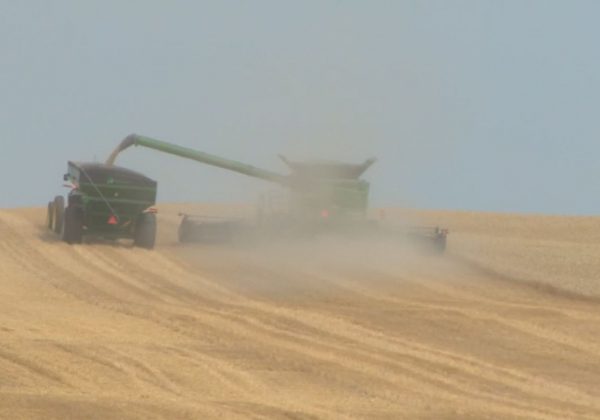
Canada’s crop production plummeted in 2021, says StatCan
It wasn’t a good year to be a crop farmer and Statistics Canada has the numbers to prove it.
Production of several major field crops, except for corn, fell across the country.
Manitoba saw wheat production decrease by 28.9 per cent to 3.8 million tonnes while yields fell by 21.9 per cent to 47.9 bushels per acre, according to StatCan.
Wheat yields across Canada fell by 38.5 per cent to 21.7 million tonnes with Saskatchewan taking the brunt of crop losses, seeing their yields plummet by 43.4 per cent to 26 bushels an acre.
It was hardly a banner year for canola, which fell to the lowest levels since 2007 with a 35.4 per cent drop in production.
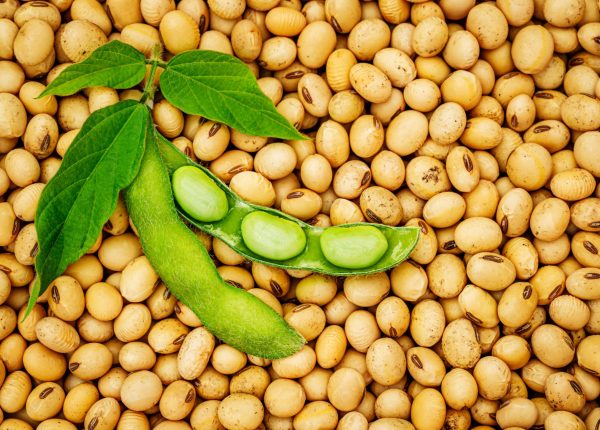
U.S. soy achieves record export volume
This year, U.S. soy set a new record for exporting more product in more international markets than ever before.
The United Soybean Board, U.S. Soybean Export Council, and American Soybean Association announced that the 20/21 market year set a record of 61.65 million metric tons of whole soybeans shipped to markets across the globe. That is a value of over $28 billion in revenue for the U.S. Soy industry!
“This record is a result of efforts to enhance access and usage of U.S. soy across the food, feed and livestock industries and across international markets by the U.S. soy farmers and industry, our customers, and governments around the world,” said Jim Sutter, CEO of U.S. Soybean Export Council (USSEC). “Setting the new aggregate volume record demonstrates the value of the investment of U.S. soy farmers to create positive impact for our customers around the world to contribute to improved nutrition and food security, environmental sustainability, and livelihoods globally.”
Read more…
New Zealand
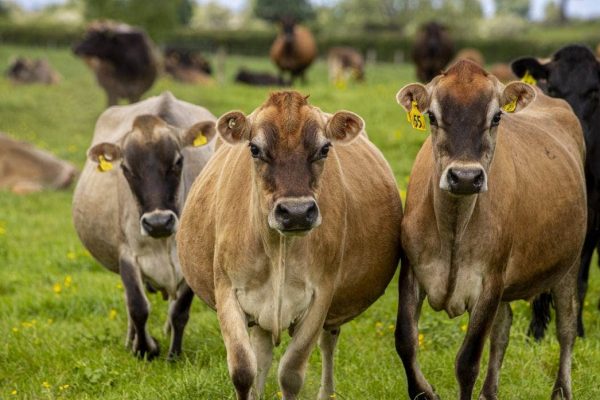
Boosting the quality of our dairy herd is vital for sector’s future
When the country’s largest milk processor declared milk supply in New Zealand was “likely to decline” and remain “flat at best”, it’s fair to say it was a reality check for our nation’s dairy farmers.
I know it was for me. As a fourth-generation dairy farmer this was the call-to-action moment I’d been waiting for, having contemplated the reality for some time.
As a sector we’ve accepted and become familiar with the term “peak cow”, but “peak milk” is uncharted territory being navigated by Fonterra’s new strategy and capital structure proposal.
Read More here…
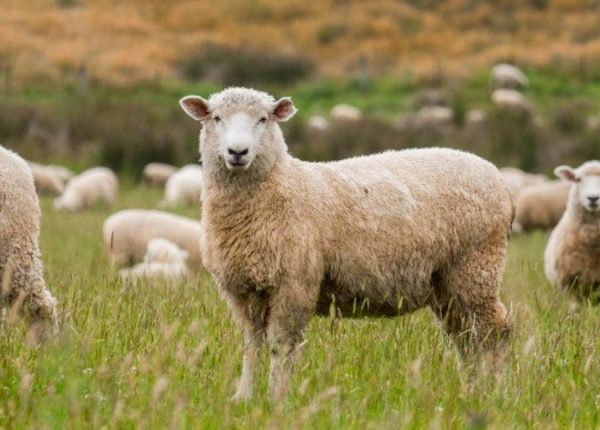
NZ agriculture is starting to see value in celebrating its provenance
Much of New Zealand’s agricultural produce is sold as unbranded commodities on global markets. But that’s starting to change as companies discover there is value in heralding their Kiwi provenance.
“New Zealand has got a really strong story and that’s something that we haven’t really told in the past,” says Lincoln University agribusiness and food marketing programme director Dr Nic Lees. “We are making progress. I think we have started on that journey.”
Fonterra, the country’s largest dairy company, has been vocal about its shift in focus under new chief executive Miles Hurrell. Where his predecessor Theo Spierings envisaged the co-operative becoming another big global conglomerate like Danone or Nestle, Hurrell has sold off overseas assets and pulled back to New Zealand to focus on getting more value from the “white gold” produced by local farmers.
Read More here…
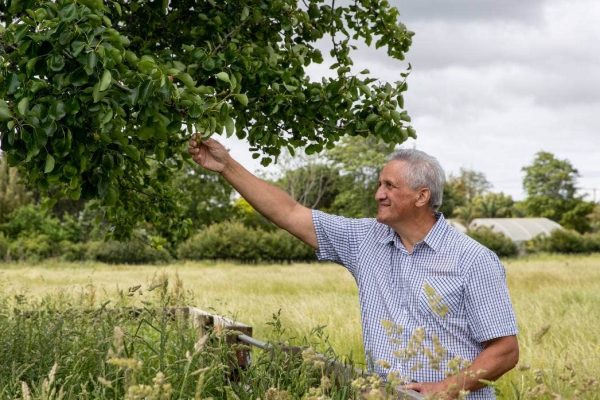
One of the country’s oldest pear trees now bearing fruit of a different kind
Under the watchful gaze of Taupiri Maunga, across the Waikato River, a lone pear tree stands in a paddock with its roots firmly embedded in New Zealand history.
The fruit tree was one of many planted by Reverend Benjamin Yate Ashwell near the Anglican mission school he established at Kāitōtehe about 20km north of Hamilton.
Ashwell made his way into the Waikato region in 1839 where he was given permission by Pōtatau Te Wherowhero, the first Kīngi Māori, to set up the mission on the edges of Kāitōtehe Pā, close to the Waikato River.
Read More here

Fonterra lifts farmgate milk price to record level; sees $13.2b economic boost
Fonterra has lifted its milk payment to farmers for this season to the highest level since it was founded 20 years ago, which it expects will contribute more than $13.2 billion to the economy.
The co-operative on Friday lifted and narrowed its forecast for the 2021/22 season a second time, and is now expecting to pay its farmer suppliers between $8.40 and $9 per kilogram of milk solids. That’s up from its forecast in late October of between $7.90 and $8.90 per kgMS.
The midpoint of the range, which farmers are paid off, increased to $8.70 per kgMS from $8.40 per kgMS, and would be the highest level since Fonterra was formed in 2001. The co-operative paid farmers $7.54 per kgMS last season, and its previous record was $8.40 per kgMS in the 2013/14 season.

Snail farming, cricket flour, algae and lab-grown fish; Welcome to the brave new world of alternative protein
Innovators of meat and dairy substitutes and new plant-based foods are tapping consumer demand for alternatives to animal-based production and New Zealand is not immune.
The country is delving into plant protein ingredients, lab-based animal proteins, new plant-based consumer brands, and hybrid models where agricultural producers include plant ingredients alongside their animal proteins.
With about 40 per cent of New Zealand goods exports coming from the meat and dairy sectors, the rise of alternative proteins is an area the Ministry for Primary Industries is keeping tabs on. While an expanding global population is expected to continue to stoke demand for animal proteins, a growing desire for more sustainable and healthier lifestyles is driving uptake of alternatives.
Australia
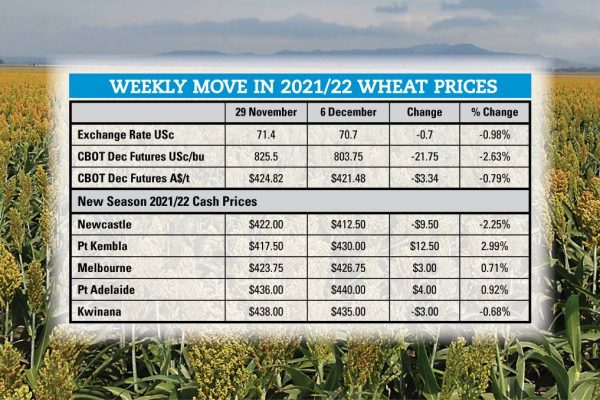
Australian wheat crop upgraded to a bin bursting record of 34.429 million tonnes
In most parts of the country, milling wheat prices have continued to tick along near their recent highs, including back to record levels in South Australia.
However, there have been a couple of hurdles thrown up on the supply side, firstly with the upgrade of the Australian crop to a bin bursting record of 34.429 million tonnes, an increase of 1.8 million tonnes from the September projections.
We have now also seen the Canadians increase the size of their bread wheat crop by 700,000 tonnes, to 16 million tonnes, when a reduction to below 15 million tonnes had been expected.
Read more here…
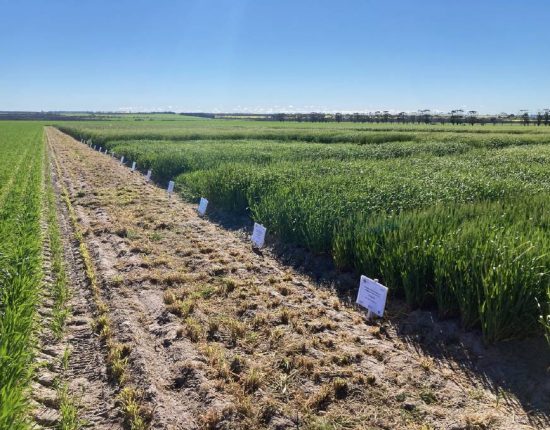
Barley field trial sets 8t/ha benchmark
A BARLEY field trial attempting to raise the yield bar for the high rainfall zones in Western Australia, particularly on ameliorated soils, has achieved the aspirational goal of eight tonnes per hectare this season.
The Grains Research and Development Corporation (GRDC) high rainfall zone farming systems project is led by the Department of Primary Industries and Regional Development (DPIRD), with the cereals component managed by Field Applied Research (FAR) Australia.
The experiments focused on developing new yield benchmarks on ameliorated soils comparing genetic, environmental and management factors that have the potential to drive yield and push productivity.
The small plot scale trial, run on the Whiting family’s farm at Gibson alongside large replicated farm trials, evaluated the impact of management such as defoliation (grazing), increased nitrogen applications and more intensive fungicide strategies, as well as the effect of the actual variety.
Read more here…
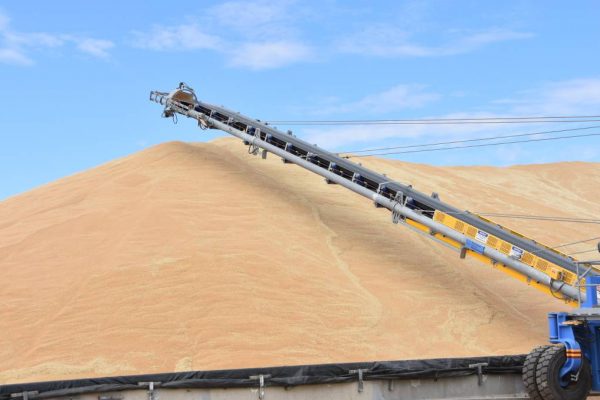
Big spreads emerge as farmers count cost of grain downgrades
THE SPREADS between milling and feed wheat are opening up to near record levels as the grain trade tries desperately to get hold of quality wheat to export in light of the massive crop downgrades in NSW.
The good news for growers with downgraded grain is that the feed wheat price is remaining solid and the milling grades are rising off that level rather than the spread emerging due to a fall in the feed value.
It is not just the prices of high protein grades of milling wheat, where a premium has existed for some time, that are soaring, APW, the nation’s standard wheat, has risen markedly over the past fortnight to sit at $120 a tonne over general purpose wheat and $140/t over feed wheat in most east coast port zones.
Read more here

Wheat prices surge as rain swamps NSW crops
Australian wheat prices surged higher last week after torrential rain in NSW swamped wheat fields waiting to be harvested.
Wide expanses of NSW cropping areas are under flood waters after cropping areas recorded 75 millimetres to more than 100mm late last week.
Flood levels rose rapidly in the worst affected areas around the Namoi and Lachlan rivers where paddocks were already saturated and dams were full.
Worst case scenarios are being factored in by farmers.
Harvest was advanced in northern NSW but was just starting in the central west and south.
Read more here…

‘We’re part of Australia’s meat industry’: v2foods
PROMINENT plant-based protein supplier v2foods says it is part of the meat industry and is working on sustainably feeding the planet, just like Australia’s red meat producers.
Appearing at the senate inquiry into definitions of meat, v2foods founder and chief executive officer Nick Hazell said plant-based protein companies were ‘certainly not about closing down the livestock sector or cannibalising its market.’
He emphatically declared his industry did not attempt to ‘drag down others’ and then proceeded to do precisely that.
“The red meat sector doesn’t want to call our product meat because that would allow consumers to directly compare our version with theirs,” he told senators.
Read more here…
South America

Argentina expected to plant even more corn
BUENOS AIRES, ARGENTINA — The Buenos Aires grains exchange has increased its forecast for corn plantings for 2021-22 to 7.3 million hectares from 7.1 million hectares, Reuters reported.
It maintained the record harvest figure at 55 million tonnes. Crops, including corn and soybeans, are in good condition, helped by recent rainfall.
Farmers have planted 31.1% of the expected corn area and 46.3% of the estimated soybean area. The soybean harvest is estimated at 44 million tonnes.
Wheat harvest is nearly half complete, with production estimated at a record 20.3 million tonnes.
Read More here…
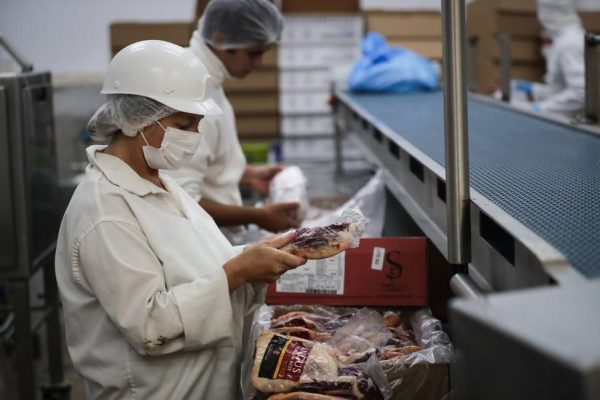
Labour strife in port of Montevideo; increasing export volumes shipped from Rio Grande in Brazil
Recurrent labour strife in the port of Montevideo is not only frustrating but is also seriously limiting activities, and only this week did the Union of Uruguayan exporters make public a release regretting the fact that several vessels abandoned the port given what is known as pearled stoppages.
These actions impeded the loading of hundreds of containers ready for export, and at the same time the unloading of others, already delayed, with merchandise for Christmas and inputs for different industries.
This also further complicates the current global situation with insufficient containers, scarce hold capacity and vessels, plus exorbitant freight rates, pointed out in the release.
Read More here
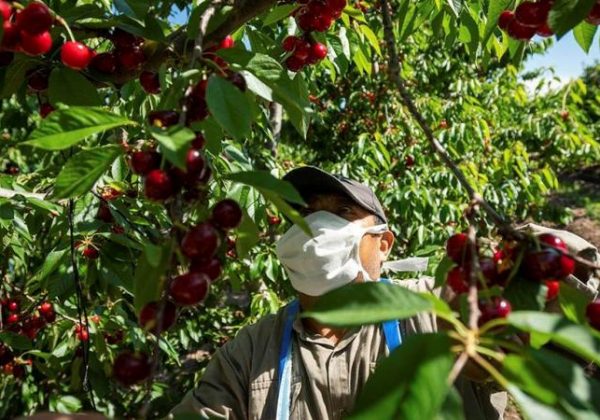
Argentinian Cherry Crop Forecast To Fall 14% This Year
Data recently released by Argentina’s Rural Development Institute (Instituto de Desarrollo Rural) indicate that the Argentinian cherry crop will fall by 14% to 4,100 metric tons this year owing to frosts and droughts.
In terms of cultivars, the production volume of Bing cherries is forecast to decrease by 21% to 1,728 metric tons in 2021, while the output of Lapins cherries is expected to reach 684 metric tons, corresponding to a year-on-year increase of 48%.
Argentina’s annual cherry output has fluctuated considerably in recent years. In 2015, the production volume was only 2,035 metric tons. This soared to 5,901 metric tons in 2017 and then plummeted by 60% to 2,346 metric tons in 2018.
Read more here
Food Updates
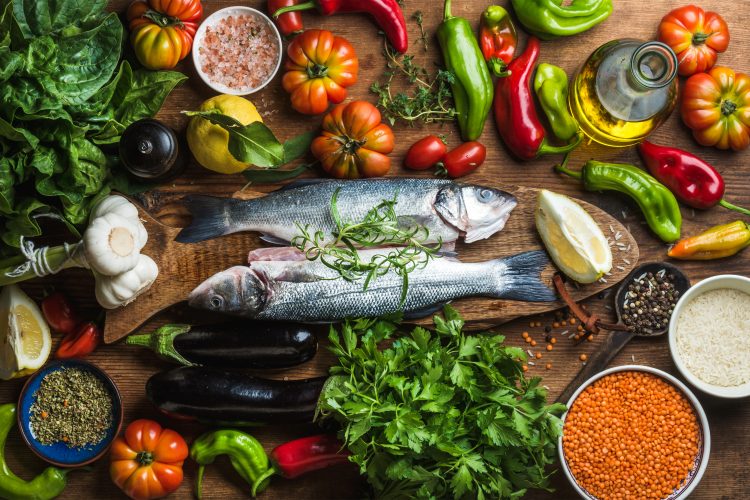
Would a switch to a Mediterranean diet be kinder on the environment?
Researchers from Germany and Austria have found that a switch to a vegan or Mediterranean diet would benefit the environment, though both diets do come with their drawbacks.
It’s no secret that what we eat has consequences for our health and animal welfare. So when comparing diets, these aspects as a whole should be taken into account.
Experts refer to the optimal health of humans, animals and the environment as the “One Health” perspective. “Studies that apply this perspective to nutrition issues are still rare, however,” explained Juliana Paris of the Center for Development Research (ZEF) at the University of Bonn (Germany).

Mythbreakers: Is coffee bad for your heart?
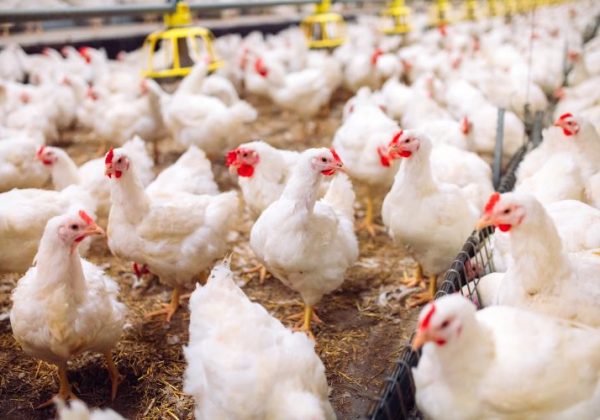
Bird flu outbreaks continue in UK
Read more here…
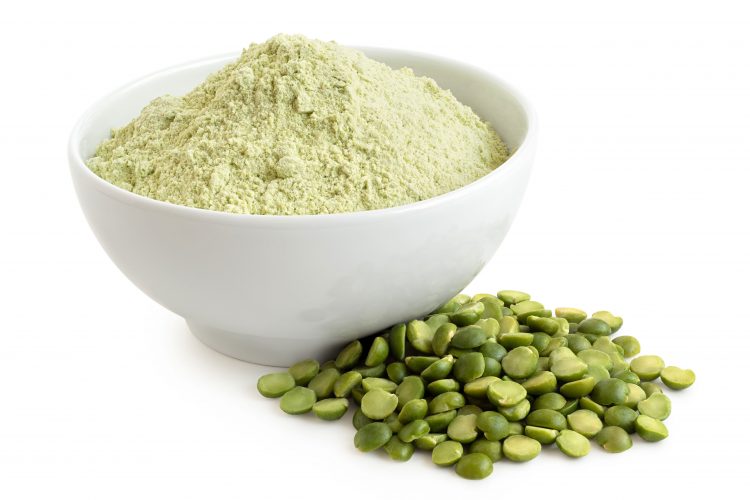
Emerging risks from emerging proteins
Professor Chris Elliott raises concern over the potential for mass food recalls and allergic reactions, as we see an increase demand in alternatives proteins, including plant-based and insects.
My last article for New Food on alternative proteins and the potential for another melamine-like scandal raised quite a few eyebrows and drew a lot of attention; I was subsequently contacted by a number of businesses and trade associations to discuss this in more detail.
I never set out to be an alarmist, but I do believe that potential, future crises must be highlighted so that discussions between and within companies can be had. It also allows regulators to consider how they can help mitigate against possible, serious public health risks.
Read more here…

FDA and CDC investigating multistate E. Coli outbreak
Read more here…





